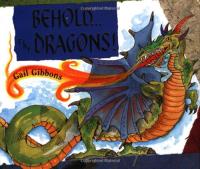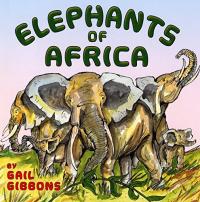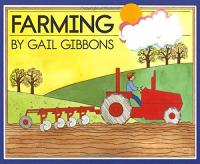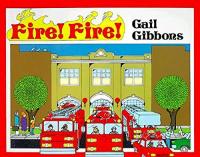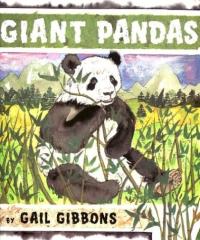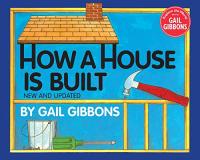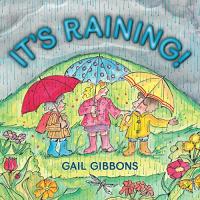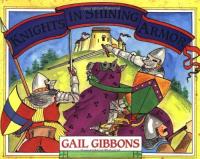
Biography
Apples, penguins, farming, basketball, and skyscrapers are just some of the diverse subjects of Gail Gibbons’ informational picture books. With over 120 titles, Gibbons is one of today’s leading writers and illustrators of nonfiction books for children. Her clear writing and colorful illustrations have made nonfiction subjects interesting and accessible for thousands of young readers. Gibbons has a gift for researching complex topics and boiling them down into educational picture books that children want to read.
A Curious Life
At the age of four, Gail Gibbons made little picture books just for fun. At the age of seven, she took an entire clock apart and tried put it back together. As a young girl, Gail Gibbons never stopped asking her parents questions about the world around her.
After studying graphic design at the University of Illinois, Gibbons worked in television graphics for 11 years. In New York City she served as art director for shows such as NBC’s “Nightly News” and “Saturday Night Live”. It was only later that a friend and children’s book consultant pointed out the desperate need for interesting nonfiction books for children.
While doing research for one of her early books, Gibbons found herself taking a clock apart once again. When Clocks and How They Go received various awards, Gibbons knew she was in the right place. Making nonfiction picture books for children combined her innate curiosity with her love for art. Soon editors began to call her.
Over the years, Gibbons has written about a wide variety of subjects. Researching unfamiliar topics has been one way to entertain her deep curiosity. She works on multiple projects at once and publishes three to five books each year. Gail Gibbons and her husband now live in rural Vermont, an environment she finds conducive to writing and illustrating.
Find this author’s books on these booklists
Themed Booklist
From My Backyard
Themed Booklist
Holiday Buying Guide 2008
Themed Booklist
Hurricane!
Themed Booklist
Picture Books About Letter Writing
Themed Booklist

